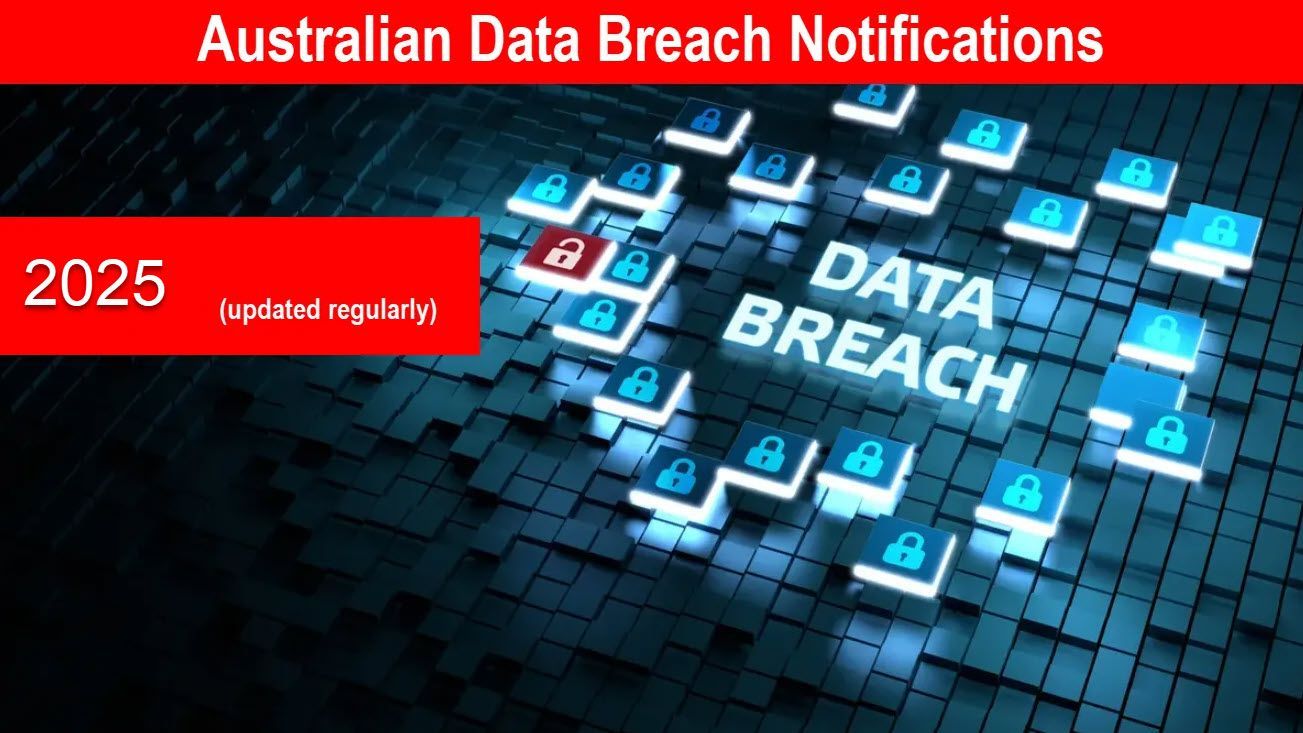Data Breach Preparedness: Essential Strategies for Safeguarding Organizational Privacy in a Hyperconnected Era
Discover proactive strategies for organizations to fortify their defences against data breaches and protect sensitive information in today's interconnected world.
In today's hyperconnected world, data breaches have become an ever-present threat to organizations, regardless of size or industry. The proliferation of digital technologies and the increasing volume of data generated and shared have created new challenges for safeguarding privacy.
To mitigate these risks, organizations must prioritize data breach preparedness and implement robust strategies to protect sensitive information. This article explores essential strategies businesses can adopt to safeguard privacy and enhance their resilience against data breaches.
Understanding the Data Breach Landscape
The frequency and severity of data breaches have escalated in recent years, affecting organizations across industries and geographical boundaries. High-profile incidents serve as sobering reminders of the ever-present threat posed by cybercriminals, urging businesses to bolster their security measures.
Beyond immediate financial losses, the consequences of a data breach extend far beyond financial repercussions. Organizations may face regulatory fines, lawsuits, and erosion of customer trust, leading to long-term damage to their brand reputation and market standing.
Essential Strategies for Data Breach Preparedness
Conducting Comprehensive Risk Assessments
Regular risk assessments are essential for identifying vulnerabilities and understanding the organization's security posture. Organizations can prioritize resources and investments by conducting thorough assessments to address critical security gaps.
A comprehensive risk assessment should encompass all aspects of the organization's data ecosystem, including networks, systems, applications, and third-party vendors. Businesses can take targeted measures to mitigate risks and enhance security by identifying vulnerabilities at every level.
For example, A financial institution regularly assesses its systems to identify vulnerabilities. It discovers weak points in its network and upgrades firewalls to prevent unauthorized access.
Implementing Multi-Layered Security Controls
Effective data breach preparedness requires a multi-layered security approach encompassing technical and organizational measures. By implementing a combination of preventive, detective, and responsive controls, organizations can create multiple barriers against potential threats.
Incorporating advanced threat detection technologies such as intrusion detection systems (IDS), security information and event management (SIEM), and endpoint detection and response (EDR) solutions can help organizations identify and respond to cyber threats in real time.
For instance, an e-commerce company uses encryption, two-factor authentication, and intrusion detection systems to protect customer data and prevent unauthorized access.
Enhancing Employee Awareness and Training
Employees are often the weakest link in an organization's security posture, making them susceptible to social engineering attacks and phishing scams. Regular training and awareness programs can empower employees to recognize and report suspicious activities, reducing the risk of data breaches.
Conducting simulated phishing exercises can help organizations assess their employees' susceptibility to phishing attacks and identify areas for improvement. By simulating real-world scenarios, businesses can educate employees about the dangers of phishing and reinforce security best practices.
As reference, a healthcare organization provides cybersecurity training to employees. They learn to recognize phishing emails and report suspicious activities, reducing the risk of insider threats.
Developing an Incident Response Plan
Despite preventive measures, data breaches may still occur. A well-defined incident response plan can help organizations minimize the impact of a violation and facilitate a coordinated response.
An effective incident response plan should include clear roles and responsibilities for incident response teams, as well as predefined communication channels and escalation procedures. Organizations can ensure a swift and effective response to security incidents by establishing clear protocols.
A fine example is a technology company that creates an incident response plan. It outlines roles, communication protocols, and procedures for containing and mitigating cybersecurity incidents.
Continuously Monitoring and Evaluating Security Measures
Cyber threats constantly evolve, so organizations need to monitor and evaluate their security measures continuously. Regular security assessments, penetration testing, and vulnerability scans can help identify emerging threats and ensure that security controls remain effective over time.
Leveraging threat intelligence sources such as security advisories, industry reports, and threat intelligence platforms can provide organizations with insights into emerging cyber threats and attack trends. By staying informed about the latest threats, businesses can proactively adapt their security measures to mitigate risks.
For example, a manufacturing firm conducts ongoing security assessments. It identifies vulnerabilities, patches security flaws, and updates policies to address emerging threats.
Strengthening Third-Party Risk Management
Third-party vendors and partners often have access to sensitive data, making them potential targets for cyber attacks. Strengthening third-party risk management processes, including vendor assessments, due diligence, and contract negotiations, can help mitigate the risk of data breaches arising from third-party relationships.
Requiring third-party vendors to adhere to specific security requirements, such as data encryption standards, access controls, and incident response capabilities, can help maintain adequate security measures to protect sensitive information.
For instance, a retail chain assesses suppliers' security controls. It negotiates data security clauses and monitors third-party performance to ensure compliance.
Conclusion
Data breaches pose a significant threat to organizations in an increasingly connected world. To safeguard privacy and protect sensitive information, businesses must prioritize data breach preparedness and implement robust strategies to mitigate risks.
By conducting comprehensive risk assessments, implementing multi-layered security controls, enhancing employee awareness and training, developing an incident response plan, continuously monitoring security measures, and strengthening third-party risk management, organizations can improve their resilience against data breaches and maintain the trust of their customers and stakeholders.
By prioritizing data security and privacy, organizations can safeguard their reputation, financial stability, and competitive advantage in today's digital landscape.











